Affiliate links may be included for your convenience. View our privacy and affiliates policy for details.
Learning — for our kids or for us — doesn’t have to be just about the time they spend at school. The girl said something the other day about the things she does outside of school as being “homeschooling,” so I’m trying to consciously plan more educational opportunities for her outside of school hours. She wasn’t really into this one, yet, but at least I have it when she’s ready.
It’s National Peanut Month, so there’s no better time to learn about the man who is responsible for doing more for the peanut than anyone else: George Washington Carver.
I didn’t learn a lot about him in school, so I hope you’ll allow me a brief introduction.
The Life of George Washington Carver
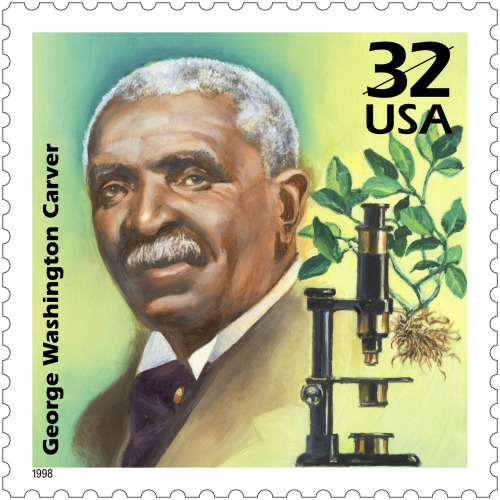
We usually think of George Washington Carver in relation to his work at Tuskegee and his development of a multitude of uses for peanuts, but that’s really just a small part of his story.
Born into slavery at the end of the Civil War, he was raised by his former enslavers — a couple in Missouri who said they only bought his mother because paid labor was so expensive and hard to come by at the time where they lived — after his mother was kidnapped by raiders.
At age 12 he exhausted the resources of the local school for Blacks and eventually had to move to Iowa in order to attend college. While attending Simpson College as an art major, he was encouraged to transfer to the agriculture school at Iowa State College.
He used grafting and cross-breeding in his research and was also a gifted student and collector of fungi.
After receiving a master’s degree in agriculture from Iowa State, he received an offer from Booker T. Washington to work at the Tuskegee Institute, which had been founded to teach blacks practical skills that would help them be more economically successful and, it was hoped, lead to equality among the races.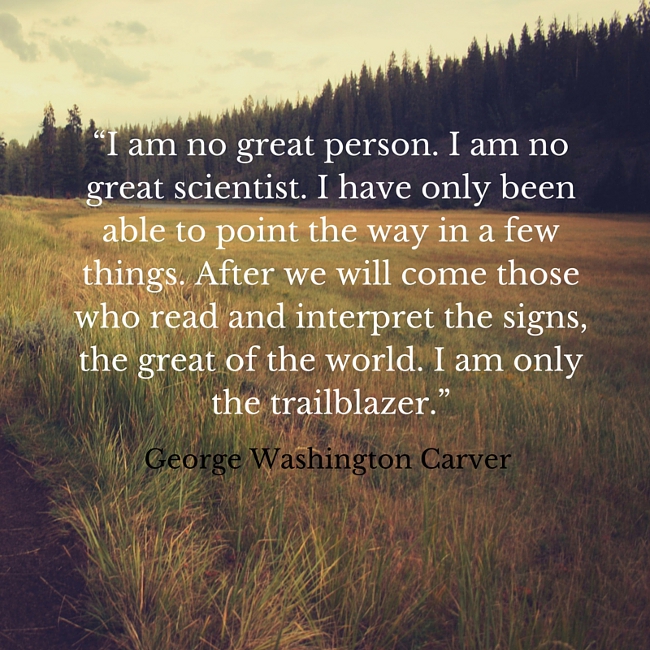
Carver was eager to help Blacks improve their lives through better farming methods and encouraging them to plant crops other than cotton, which could be sold easily but robbed the soil of nutrients when planted in the same fields year after year.
He used organic fertilizers, crop rotation and planting nutrient-rich crops that would improve the land to make farmland more productive in ways that even poor farmers could replicate. His methods were able to reach the masses through pamphlets he produced for 40 years, an annual agriculture course for farmers and a traveling educational exhibit. His holistic approach to education, teaching about chemistry, biology, ecology and other subjects in the context of growing particular crops, encouraged students to see the interdependence of living things.
Creative Chemistry
Carver is known for what he called creative chemistry, through which he developed more than 280 products that could be made from peanuts and more than 150 products made from sweet potatoes. His hope had been that these products would bring new industry to the south, which didn’t happen, but did earn him the nickname the Wizard of Tuskegee. Some of the products made from peanuts included:
- beverages
- soap
- hand lotion
- leather and cloth dye
- feed for hens
- chili sauce
- instant coffee
- pancake flour
- iron tonic
- axle grease
- glue
- paper
- printer’s ink
Reading about George Washington Carver
There are lots of great books for kids of different ages related to George Washington Carver. Susan Grisby’s In the Garden with Dr. Carver is a picture book in which Carver’s traveling school visits an elementary school, where students learn the basics of ecology, respecting nature, composting and gardening.
David Adler’s A Picture Book of George Washington Carver is another good one for younger readers, though a lynching is mentioned and illustrated in the text, so bear that in mind if reading with young children.
George Washington Carver by Tonya Bolden includes lots of pictures and is still easy to read by kids from third to sixth grade. Produced by Chicago’s Field Museum, it’s a lovely book that vividly tells his life story.
George Washington Carver: Nature’s Trailblazer by Teresa Rogers is another good choice. It’s easy to read, includes drawings and has lists of products that Carver developed from peanuts and sweet potatoes, as well as a list of some of his important bulletins and a glossary of agricultural terms used in the text.
Slightly older students should enjoy The Groundbreaking, Chance-Taking Life of George Washington Carver and Science and Invention in America, written and illustrated by Cheryl Harness. this book places Carver’s life in a historical context with a timeline running along the bottom. The book is informal and chatty, with lots of drawings that will bring readers in and keep them engaged.
Gary R. Kremer’s George Washington Carver: A Biography is perfect for older students looking for a well-researched, detailed biography, complete with notes and bibliography.
Activities and Further Learning
I printed out a coloring sheet from Every Month is Black History Month and a mini activity book from Fun Teach over at Teachers Pay Teachers. It’s a free one that includes coloring pages, a maze, a biography and comprehension sheet and a word search. So we have that at the ready should the girl decide she’s interested.
If you live near them or a planning a trip to these areas, you can check out the George Washington Carver National Monument in Diamond Grove, Mo., which features historic homes, science classrooms and a preserved prairie; the Tuskegee Institute National Historic Site in Alabama, which includes a museum dedicated to Carver; the Carver Museum and Cultural Center in Austin; or the Carver Interpretive Museum in Dothan, Ala.
Closer to home, explore the history of peanuts with Schooling a Monkey, learn how peanuts grow with help from Living Ideas, use peanuts to learn the letter P with 3 Boys and a Dog and play with peanut counting clip cards from Simple Fun for Kids.
And if all that talking about peanuts has gotten you hungry, try these peanut butter whoopie pies (yes, please!) from Crafty Mama in ME, Sunny Day Family’s Peanut Butter Muffins, or Peanut Butter Brownie Toffee Truffles (what?!) from Playdough and Popsicles.
Or try making your own peanut butter with the recipe from Parenting Chaos. She used hers to make playdough, but you could also use it to make super simple peanut butter cookies, with help from Kidz Activities.
Of course, not every child can enjoy peanut butter, so be sure to check out the Jenny Evolution’s post about kid’s books related to food allergies to remind your kids about this problem.
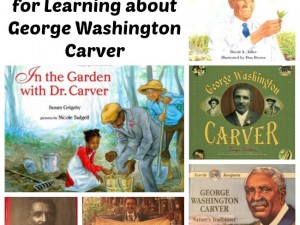
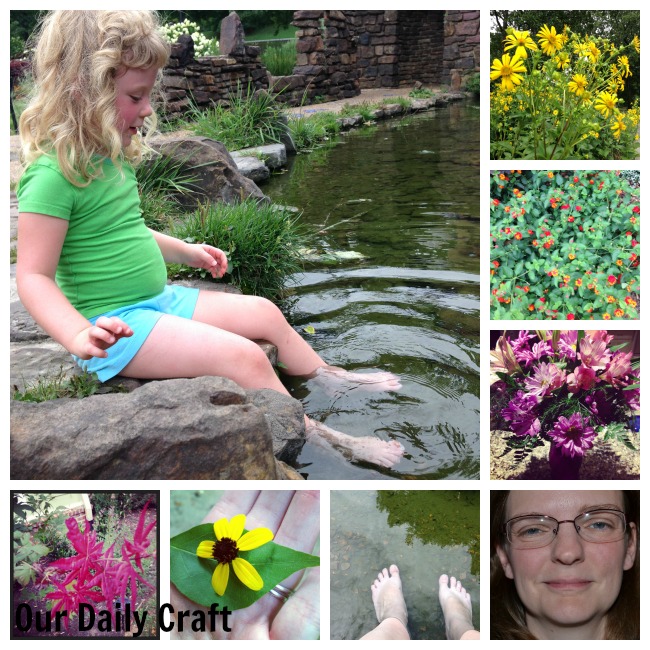
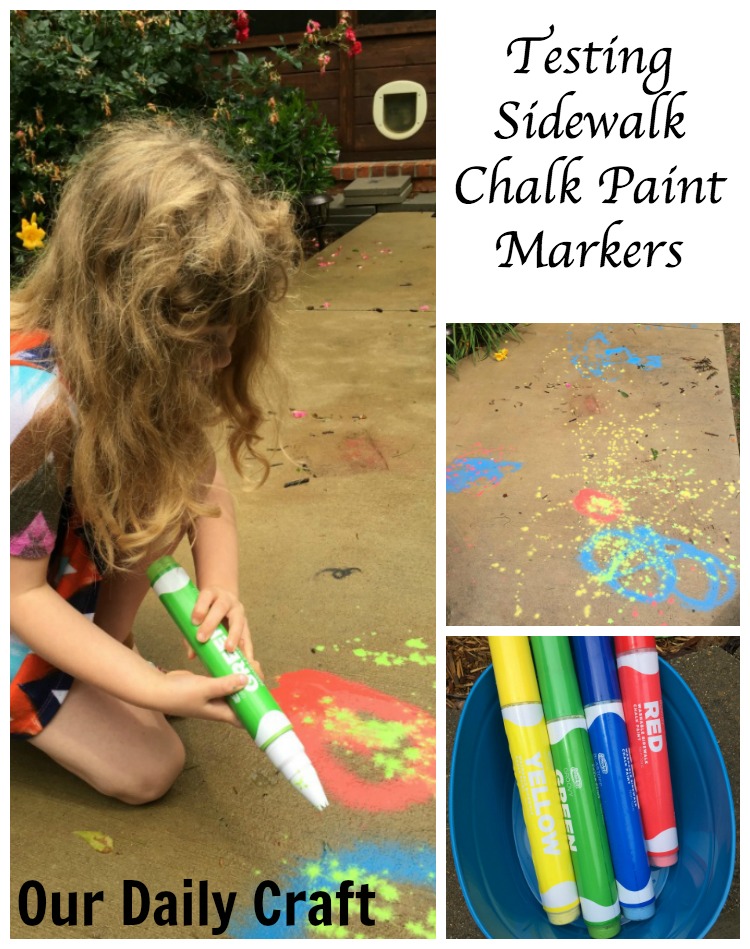
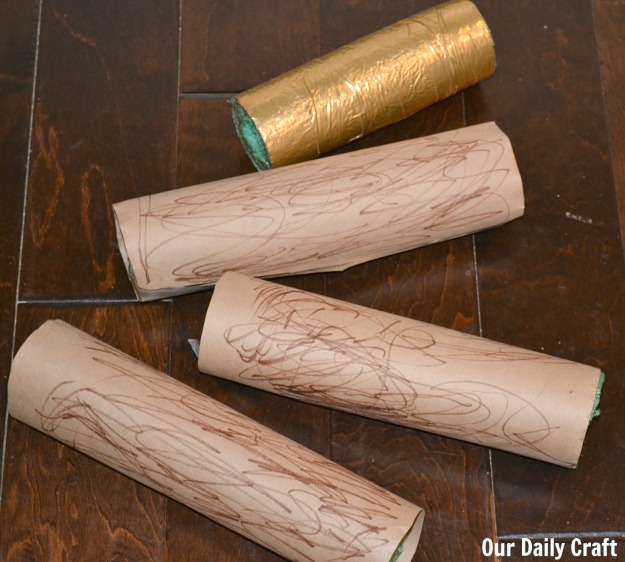
8 Comments